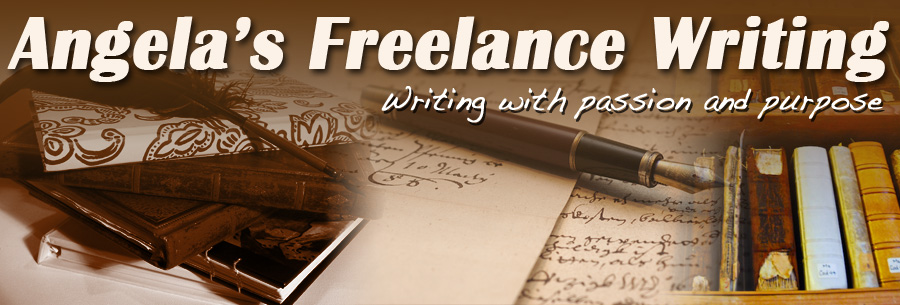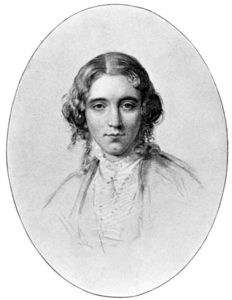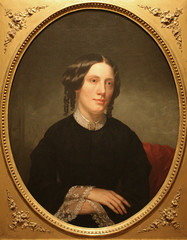I feel a tinge of sadness as this Black History month comes to a close. As an immigrant, I knew nothing about celebrating black history until I came to this country, and the fact that a month was set aside to remember the achievements and struggles of black people in this country filled me with excitement.
Black History month was a time when we focused on the achievements rather than the struggles. We listened to and marveled at the eloquence, of Dr. Martin Luther King Jr., the bravery and courage of Rosa Parks, Sojourner Truth, and others like them.

We wore our beautiful African dresses to church and sang our favorite negro spirituals, and some of the young people would read poems by Maya Angelou, Langston Hughes and others.
Then came 2020 and along with all the mayhem taking place in the world — the Jan 6 insurrection, climate change, mass shootings, COVID-19 — things began changing. Later came the banning of books, mostly those written by African American writers, and now comes the shocking pronouncement that the teaching of African American history in schools has “no educational value.”
No educational value? The history of a people who were brought here over four hundred years ago, forced to work as slaves, beaten and humiliated at the whim of their masters and literally treated like animals has no education value? But despite the harsh conditions under which they existed, these enslaved people built some of our iconic landmarks, among them the White House and the US Capitol.
Then once freed, the slaves went on to use their God-ordained creativity and skill in every area of American endeavor. They became lawyers, doctors, singers, dancers, writers, pilots, astronauts, and inventors to name a few. They fought in wars to defend this country at home and abroad and some, like Frederick Douglass, even became abolitionists.
These accomplishments were by no means painless. With emancipation came Jim Crow, a nefarious legal and social system of segregation designed to separate white and black and literally keep “blacks in their place.”
Through “blood, sweat, and tears,” African Americans overcame these horrendous conditions, but the struggle never ended completely. African Americans still have to fight for equality in healthcare, for equal pay, and even for voting rights. And now even our history is in danger of being wiped out.
In the beginning of this post, I said I feel a tinge of sadness as Black History month comes to a close, but judging from the tenacity and resilience of the former slaves and all they have overcome, I feel a sense of hope. In the words of Dr. Martin Luther King, I believe “we too shall overcome.”
If you enjoyed this post, please sign up to receive my newsletter in your inbox, and please leave a comment below.
You can follow me on Facebook Instagram Twitter








